Introduction to Types of Indian Millets & All the Healthy Benefits
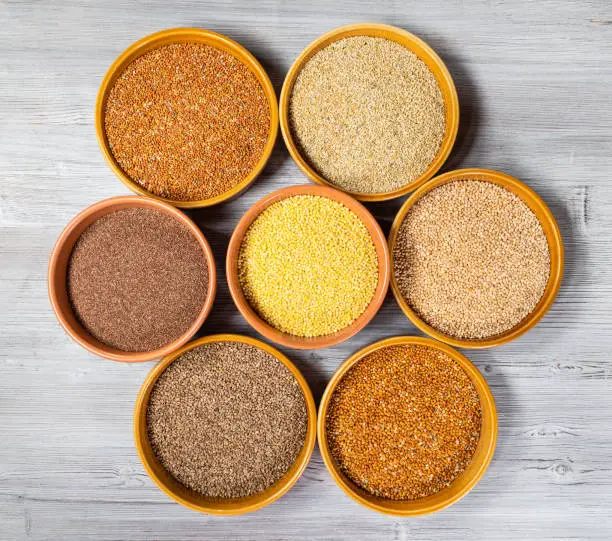
Indian millets are a class of highly nutritious, drought-tolerant plants that are primarily cultivated in the country’s arid and semi-arid areas. These grasses are small-seeded members of the Poaceae family of plants. They are a vital component of India’s ecological and economic security and provide millions of resource-poor farmers with food and fodder. Other names for these millets include “coarse cereals” and “cereals of the poor.” Because Indian millets are high in protein, vitamins, and minerals, they are a more nutritious option than wheat and rice. They are also low in glycemic index and gluten, so those with diabetes or celiac disease can benefit greatly from them.
Advantages of Including Indian Millets in Your Diet
- Millets are extremely adaptable to a variety of environmental circumstances. They do well in arid climates with rainy seasons and require little in the way of pesticides, fertilizers, or water.
- A nutritious crop that promotes health: Its micronutrient profile is superior to other cereals, and it contains bioactive flavonoids.
- Millets are linked to a lower Glycaemic Index (GI) and the avoidance of diabetes.
- They are an excellent source of calcium, zinc, and iron.
- Patients with celiac disease can eat millet because they are gluten-free.
- When it comes to managing and preventing hyperlipidemia and the risk of CVD, millet is beneficial.
- It has been discovered that millet can help lower blood pressure, BMI, and weight.
- In India, millet is typically eaten with legumes, which results in mutual protein supplementation, raises the content of amino acids, and improves the protein’s overall digestibility.
- The urban population finds value-added millet products that are ready to cook and eat to be easily accessible and convenient.
- The fact that millet can be used as both food and fodder increases farming efficiency.
- Cultivating millet lowers the carbon footprint.
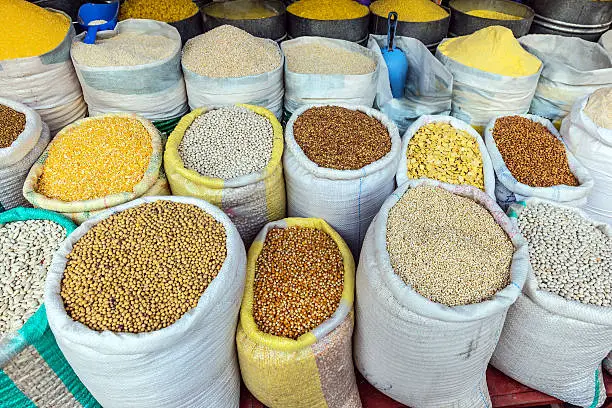
Types Of Indian Millets
- Amaranth (राजगीरा)
- Buckwheat (कुट्टू)
- Barnyard (साँवा)
- Finger Millet (रागी)
- Foxtail Millet (बाजरा)
- Kodu Millet (कोदो)
- Little Millet (छोटा बाजरा)
- Pearl Millet (बाजरा)
- Proso Millet (चीना)
- Sorghum Millet (ज्वार)
A Quick Overview Of All The Millets
A collection of over 60 distinct grain species, amaranth has been farmed for approximately 8,000 years. Along with being high in fiber and protein, this ancient grain also contains a variety of vital micronutrients. Specifically, amaranth is an excellent source of iron, magnesium, phosphorus, and manganese.
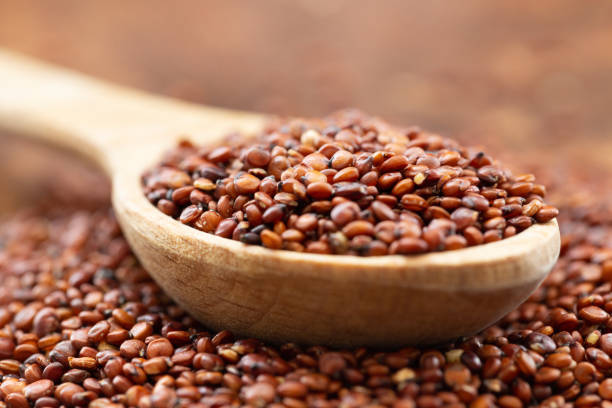
Chronic diseases such as type 2 diabetes can develop over time as a result of elevated blood sugar levels. Therefore, sustaining good health requires limiting the rise in blood sugar following meals. Buckwheat has a low to medium GI and is a good source of fiber. Thus, for the majority of people with type 2 diabetes, it should be safe to eat. The special compound D-chiro-inositol is thought to be the cause of this effect. Research suggests that this soluble carb increases cellular insulin sensitivity, the hormone responsible for causing cells to take up blood sugar.
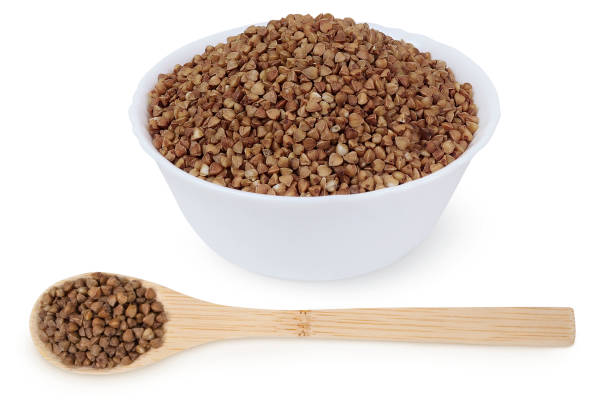
Compared to all other cereals, barnyard millet has the lowest calorie density while still providing a good source of highly digestible protein. It is a grain that, when consumed, leaves one feeling alert and light-headed. 25g of raw barnyard millet provides 1.5g of protein and 75 calories.
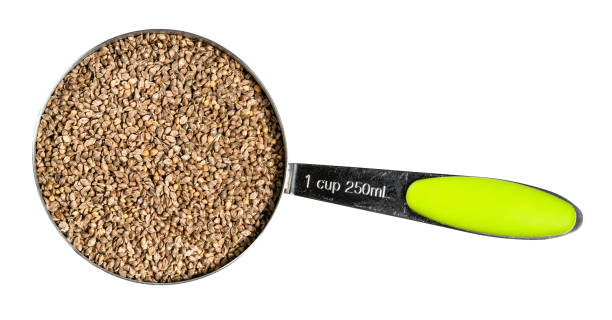
Ragi has a pretty good nutritional profile. It contains significant amounts of important micronutrients like vitamins and minerals as well as all the necessary macronutrients like proteins, fiber, lipids, and carbs. Its minimal sodium and cholesterol content helps to maintain heart health. Furthermore, ragi has high levels of vitamins C and E, which support healthy skin, hair, and immune systems.
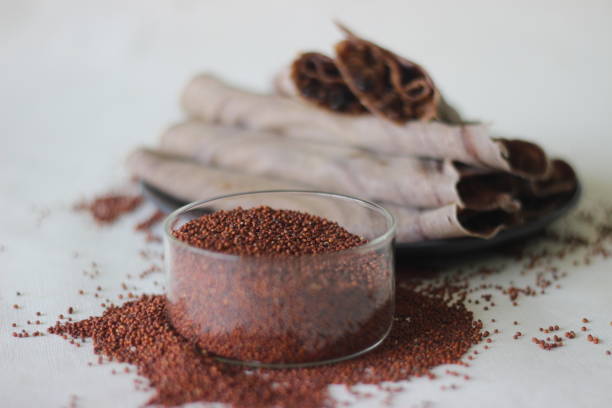
Foxtail millets have a low glycemic index and blood sugar spikes are less common with them. This makes them a viable choice for both individuals attempting to reduce weight and those who have diabetes. Significant studies have demonstrated that foxtail millet lowers blood sugar levels in individuals with impaired glucose tolerance, though more research in this area is necessary.
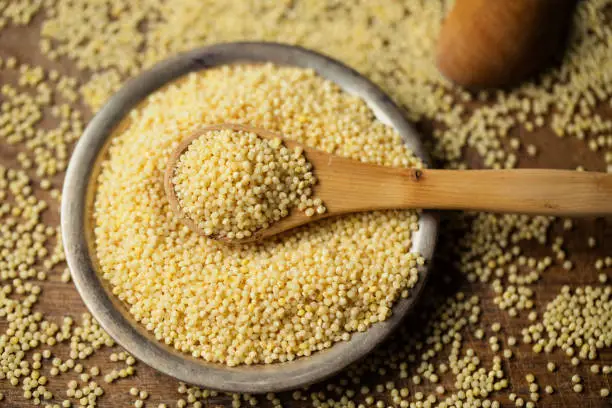
Kodo millet is also known as cow grass, rice grass, ditch millet or Indian cow grass. When it comes to those who want to shed those extra pounds, millets of all kinds are recommended. As a great substitute for rice and wheat, Kodo stimulates metabolism and fights metabolic syndrome, which is particularly prevalent in teenage boys and girls. This helps them lose stubborn fat around their waists, abdomens, and hips.
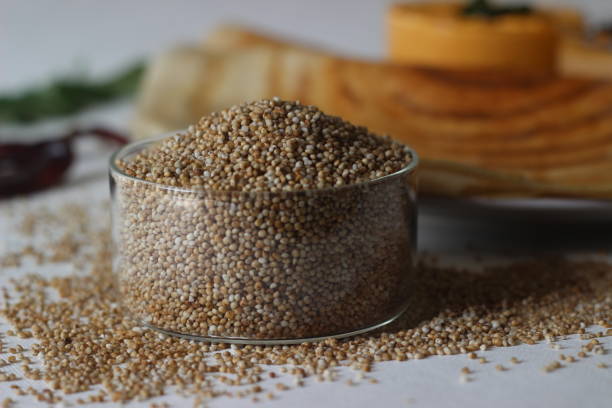
Antioxidants found in little millet also strengthen immunity and guard against illnesses and infections. Little millet is also a good source of magnesium, an important mineral needed for many body processes, including supporting muscle and nerve function and maintaining healthy bones.
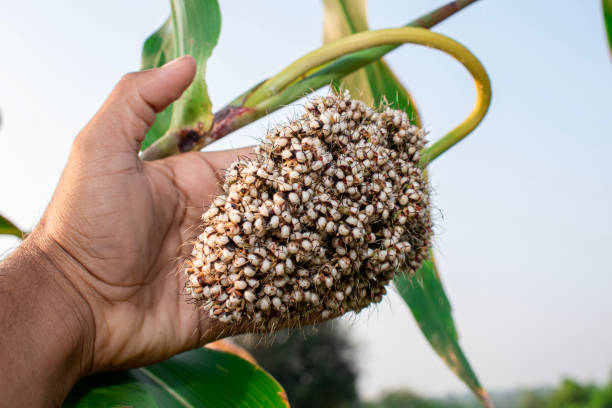
High-fiber foods, particularly cereal fibers like bajra, have also been linked to better results in the treatment of type 2 diabetes and other chronic illnesses. Furthermore, compared to some refined grain products like white bread and rice, millet has a lower glycemic index (GI). Most varieties of millet have GI values between 43 and 68. Generally speaking, foods with a GI value of 55 or less are regarded as low The GI is a metric used to quantify the impact of specific foods on blood sugar levels. For those with diabetes, foods lower on the glycemic index are typically better options.
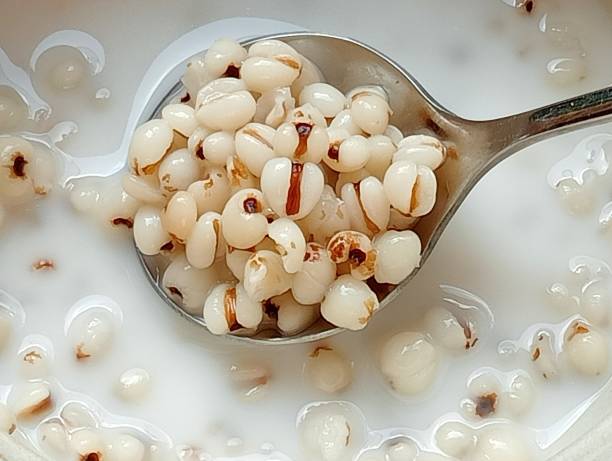
Proso millet contains high concentrations of lecithin, a complex substance that supports healthy nervous system function. Numerous neurological disorders and memory disorders, including dementia and Alzheimer’s, are lessened by lecithin. For people with celiac disease and a severe allergy to gluten-containing foods, proso millet has numerous benefits. Gluten-free and low GI, this grain is safe for celiac patients to eat.
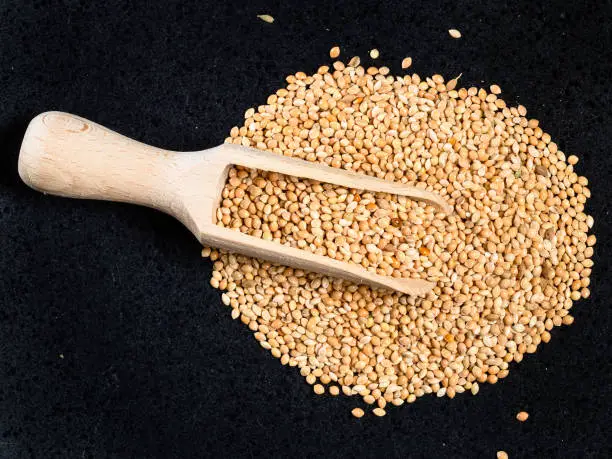
Sorghum has numerous health benefits, including being a good source of vitamins and minerals, high in dietary fiber, rich in antioxidants, and helpful in inhibiting the growth of tumors. It is also a natural diabetes cure, a staple food for those with celiac disease, lowers blood cholesterol, aids in weight control, builds strong bones, improves mood, increases energy, and stimulates blood circulation.
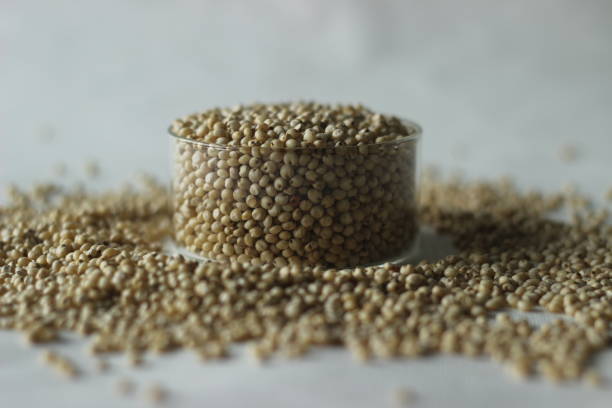
NOTE
For more detailed information about all the millets and their benefits, please visit our website. There, you will find a brief blog dedicated to each specific millet.

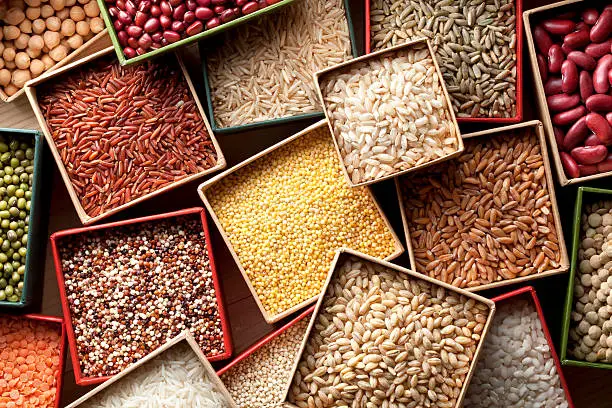
2 thoughts on “10 Types of Indian Millets & All the Healthy Benefits”